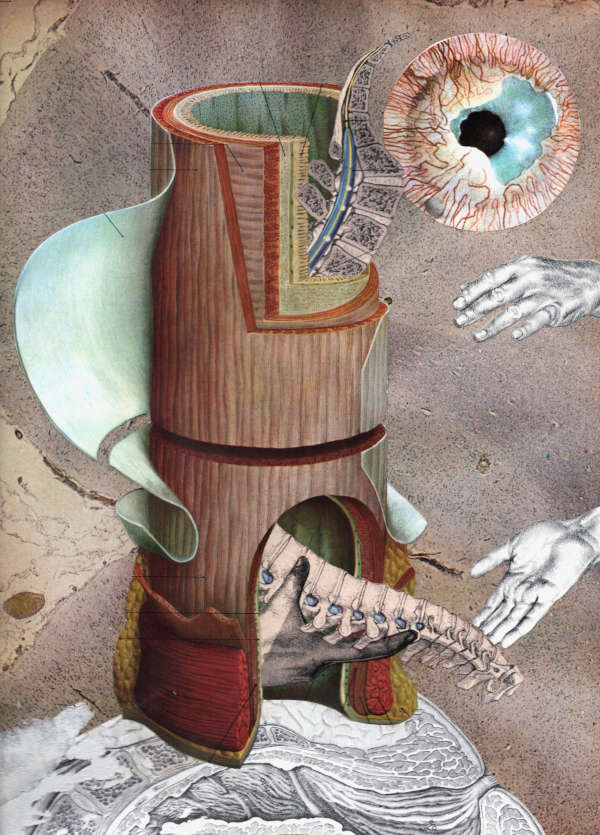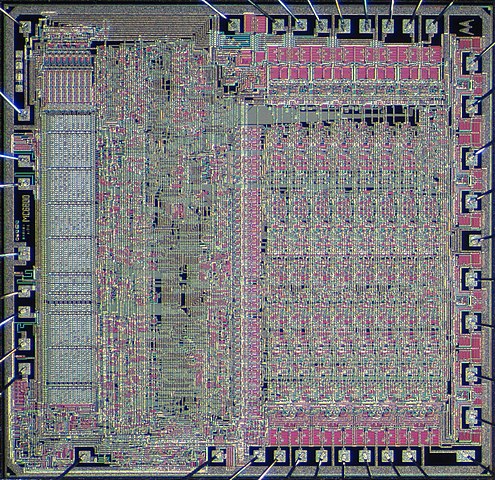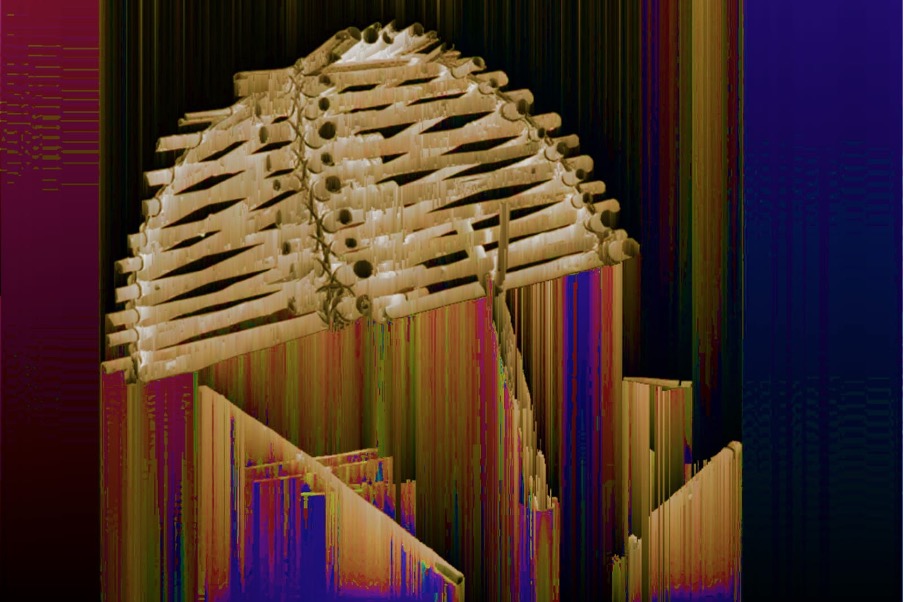
For the Flourishing of Feminist Sciences: Distributing Seeds from the RAFeCT Network
For at least four decades, feminist researchers have been questioning science, laying the foundations for a critique that is proving increasingly fundamental and urgent. In a political and scientific landscape that is becoming ever more arid, tense, and hostile to the struggles for transformation and social justice, it is with great joy and enthusiasm that we present this series of four posts written by Brazilian feminist anthropologists and intended for academic readers specialising in STS, as well as for readers in broader feminist networks and activist/grassroots communities. (read more...)



